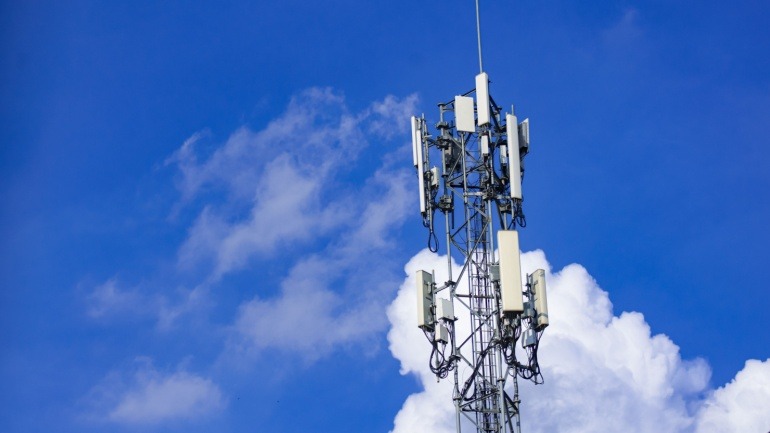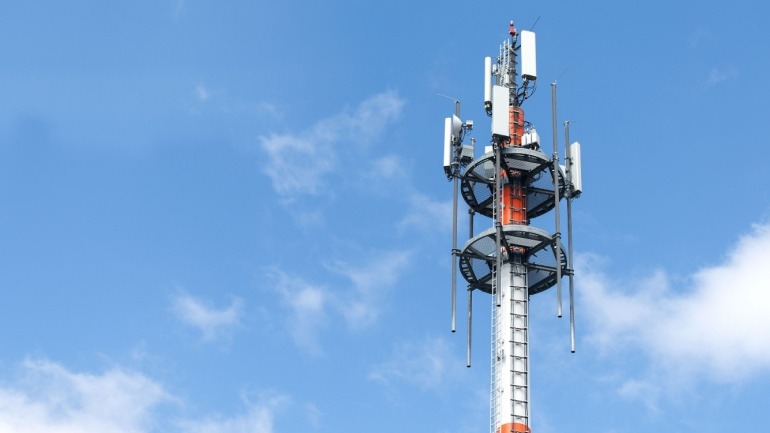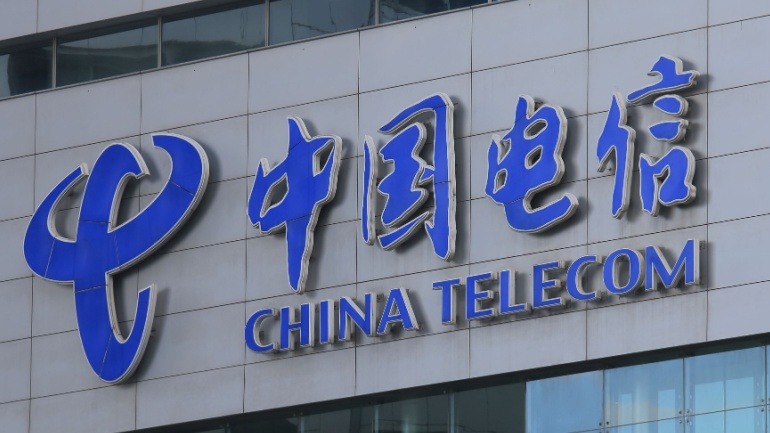Ericsson, Dell, and Red Hat are advancing Open RAN by innovating on O-RAN standards, focusing on interoperability and cloud-native solutions. Their collaboration on the O2 interface enhances seamless multi-vendor integration, ensuring efficient network management.
Meta’s Project Waterworth sets a new benchmark in subsea cable infrastructure, aiming to enhance global connectivity through over 50,000 kilometers of cables. This groundbreaking effort will streamline voip services across continents, crucial for sustaining global communication.
NetIX expands its global footprint with a new PoP at Telehouse London Docklands, drastically reducing service delivery times from four weeks to four days. This move enhances connectivity for ISPs, CDNs, and enterprises, linking them to 50+ Internet Exchanges.
Comcast’s latest initiative in Miami County, Indiana, supported by the Indiana Broadband Office, aims to expand high-speed Internet access. The project, funded by the Next Level Connections grant, will benefit over 2,200 residents.
Virgin Media O2 has expanded its 5G Standalone services across the UK, now reaching 500 towns and cities. This strategic move enhances enterprise-level connectivity, supporting innovative applications such as autonomous transport and remote healthcare.
China Telecom announced the early completion of the 10,000-km Asia Direct Cable (ADC), the first new submarine link in the Asia-Pacific in over eight years. Developed by a consortium, ADC delivers over 160 Tbps capacity, easing congestion and enhancing cloud and data services.
Airtel is revolutionizing India’s telecom sector by collaborating with Nokia and Qualcomm to amplify 5G Fixed Wireless Access (FWA) and Wi-Fi solutions. Emphasizing the advantages of 5G technology, this partnership is set to address India’s digital demands.
Orange and Mistral AI are collaborating to drive AI advancement in Europe. Utilizing Mistral AI’s technologies, Orange will enhance network optimization, traffic management, and personalized AI solutions.
CityFibre reported its first full-year profit in 2024, with a 34% revenue increase to £134 million. The company expanded its network to 4.3 million premises and secured £865 million from Project Gigabit.
DIDWW has expanded its number porting services to include Hungarian local, national, and toll-free DID numbers. This enhancement enables businesses to seamlessly transfer numbers and leverage DIDWW’s two-way SIP trunking for reliable communication.













